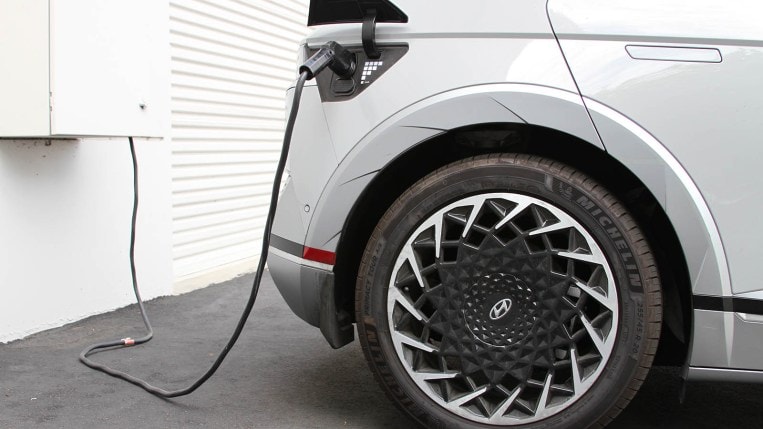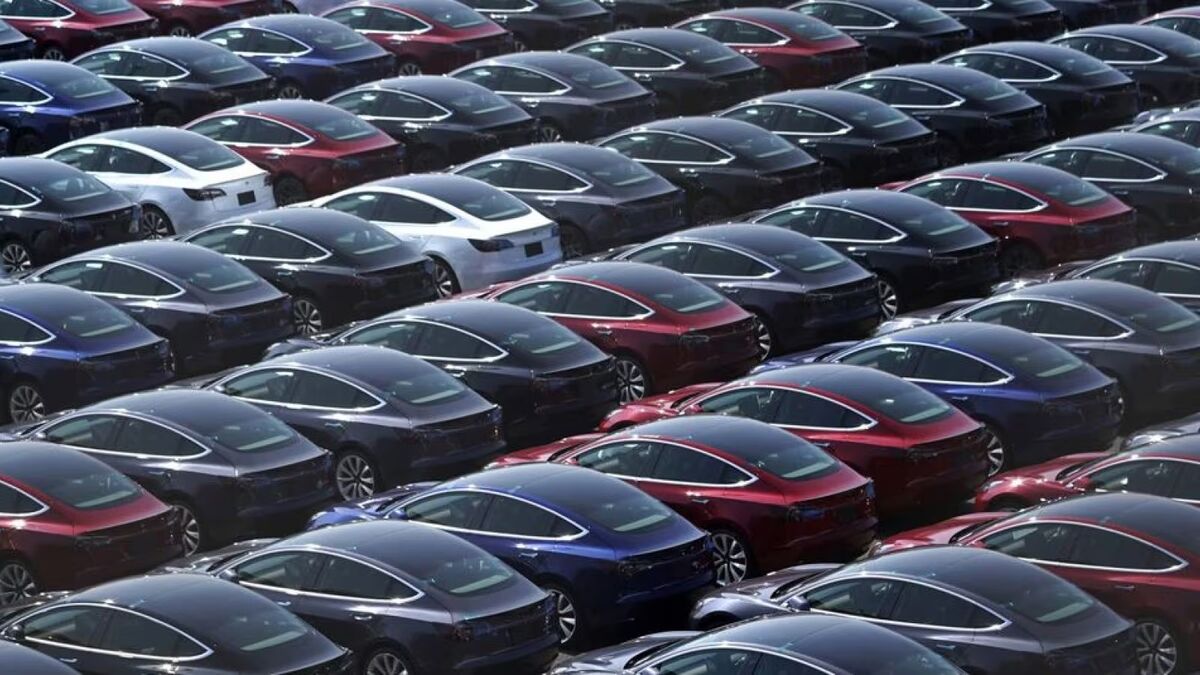
That’s one conclusion from J.D. Power’s latest study of EV charging.
America can’t go fully electric for its transportation needs until it’s as easy to charge an electric car as it is to gas up a combustion-powered one. The country is getting there, but unevenly and with frustrations along the way.
Electric Car Charging: Everything You Need to Know
About the Survey
J.D. Power analysts measured those frustrations by surveying 11,554 EV owners about their experiences using public charging stations.
The J.D. Power U.S. Electric Vehicle Experience (EVX) Public Charging Study measured satisfaction with two different types of chargers.
Level 2 chargers are faster than plugging into a wall outlet at home but can still take hours to fully charge the batteries of most EVs. They add an average of about 20 miles of range per hour (it’s different for every car). They’re sometimes called “destination chargers” because EV owners tend to recharge at a Level 2 station when they’ve reached their destination.
Level 3 chargers use stronger direct current (DC) and charge faster. It’s not uncommon for EVs to gain 100 miles of range in about 30 minutes of quick charging, though, again, it’s different for every car. Level 3 chargers are also called DC fast chargers. They’re often found along highways to facilitate road trips.
J.D. Power found that owner satisfaction with Level 2 charging declined between 2021 and 2022 – losing 10 points on a 1,000-point scale to fall to 633. Satisfaction with Level 3 charging remained steady at 674.
The biggest complaint? Broken chargers. Twenty percent of owners reported a failed attempt at charging recently, and 72% said they had encountered a non-working charger.
Tesla Owners More Satisfied
Tesla operates its own separate network of chargers that only service Tesla cars (though the company has promised to open its Supercharger network to others). That approach is working well – Tesla owners showed higher satisfaction with the condition of public chargers than users of other companies’ networks.
Overall, charging networks are expanding. The U.S. Department of Energy’s Alternative Fuels Data Center reports that the number of charging ports in the U.S. has grown by 13% in just nine months.
That may explain why most owners told J.D. Power they were satisfied with the ease of finding a charging station.
Satisfaction Differs State to State
There’s an advantage to being an early adopter of EVs in many places. California and the other Pacific states have more public charging stations than the rest of the country. But they also have more electric cars lining up for them.
The owners who found it easiest to locate a charger, however, lived in Iowa, Kansas, Minnesota, Missouri, Nebraska, North Dakota, and South Dakota.
Those most satisfied with the condition of public chargers lived in Illinois, Indiana, Michigan, Ohio, and Wisconsin.
“Public charging continues to provide challenges to overall EV adoption and current EV owners alike,” says Brent Gruber, executive director of global automotive at J.D. Power.
One thing charging station operators could do to help? Give people something to do while they refill. “No matter how fast their vehicle charges, EV owners still indicate they need more options for things to do during each charging session to enhance convenience and fill the downtime,” Gruber says.







